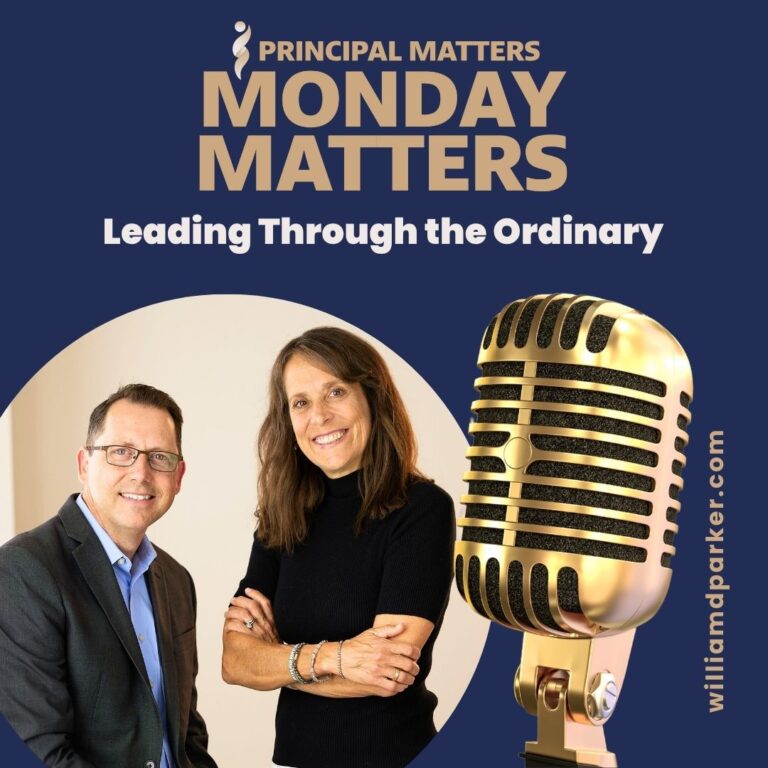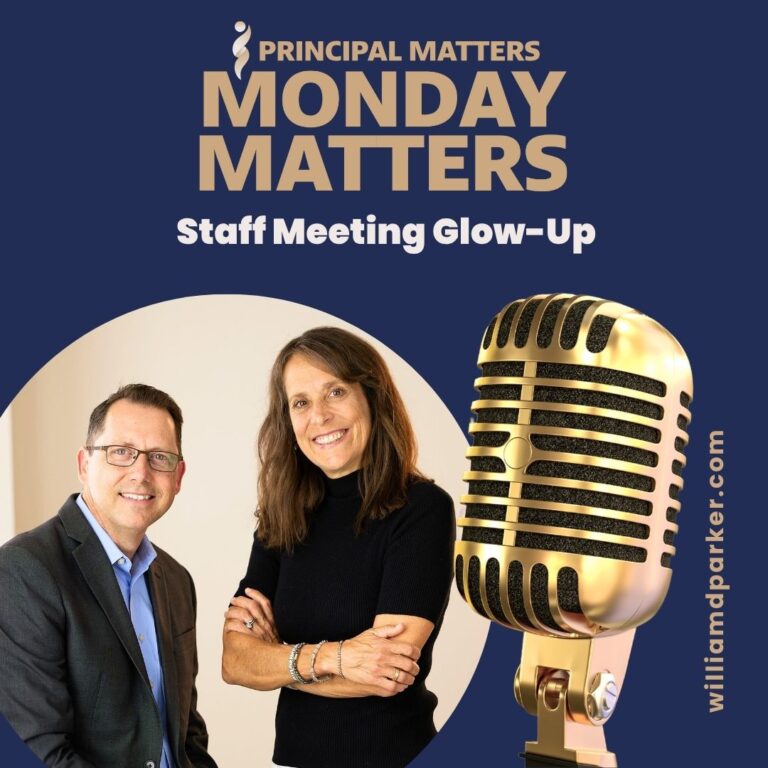This week I have spent a lot of time with to-do lists as well as pulling together with my team members to coordinate important end-of-school-year activities.
If you are leading a school, organization, or a team, you know the challenges of staying on track with the your seemingly endless list of to-do’s. You also know the importance of everyone being on the same page in reaching goals.
Whether it is end-of-the year procedures or mapping out enrollment, documentation is a simple tool that plays a strategic role in reaching goals.
Like the homing pigeon, it may sometimes seem an outdated tool, but here are 7 reminders of why documentation is still important for school leaders:
1. Maintaining a Clear Train-of-Thought
Because your decisions often involve a myriad of moving parts, note-taking helps you check your train of thought.
For instance, in a conversation on how to organize schedule pick-ups, I will purposely keep dates written in front of me or jot down the names of those who will be responsible for communicating with others.
The same works when I am questioning students in conflict.
As the number of moving pieces increases, creating visual cues for yourself through notes will help you stay focused on the most important points.
2. Summarizing Conclusions
If you are meeting with a team where delegation is an important follow-up, then writing those ideas down can keep a meeting on task and provide a way for everyone to know what policy or procedure changes may result from the conversation.
When I recently met with our secretaries, counselors, and assistant principals to discuss our last ten contract days before they break for the summer, we listed over 20 immediate to-do’s.
Each of us left with an understanding of the big picture, and I followed up afterwards with a email reminder noting which person who would manage each task.
3. Visualizing Main Points, Pros, Cons, and Action Plans
As a decision-maker, it helps to “see” the ideas you are discussing. Whether that is in the form of a list, or simply forcing yourself to put difficult ideas into words, writing them down can help.
Some topics may also raise strong emotions. Note-taking will keep you focused on the topic-at-hand and on practical action-steps. It may also help move the conversation away from opinions, gossip, rants, etc. back to what’s important.
4. Providing a Good Tool for Reflection
I suggest emailing yourself your own notes after a meeting. When you do so, it not only documents what was discussed but it also allows you time to think through any additional action steps needed to accomplish your goals before you open it for further follow-up.
Sometimes seeing my notes in the inbox a day later gives me a fresh perspective on what was discussed so that I may have a better solution with space between meeting and reflecting.
5. Utilizing Notes as a Tool for Follow-up
I usually write notes via the Notepad app and send to everyone affected via email. Programs like Evernote, GoogleDocs, Workflowy will allow you to share ideas and notes with multiple parties, giving them editing options.
Choose whatever method works best for you, but if your decisions include multiple people, editing your notes and emailing them to all parties can give each of them the opportunity to have your final decisions in writing.
6. Recording Decisions, Responsibilities, and Deadlines
After a recent staff meeting, I printed out my notes and taped them on the wall above my computer monitor so I could have visual as we worked through the list.
If you are like me, your meetings may involve those with teaching and support roles, students, organizations, or simply fulfilling the requests of district, state, or federal reports. Keeping key people aware of what they manage helps avoid a lot of confusion and frustration when deadlines come.
7. Increasing Accountability for Your Team Members and Yourself
Over the years, I have been able to refer back to my notes when key decisions were made involving personnel, parents, or students. Good documentation provides a written history of discussions and action points.
Sometimes a list from one year ago can even provide you with reminders of action steps you should be taking again now to stay on track for important, immediate deadlines.
Also, you can never over-emphasize the importance of demonstrating due diligence if you ever face questions for your decisions or if you are ever threatened with litigation.
A Word of Caution
One important distinction to remember with documentation is that correspondence sent via school email may be subject to the open records act if a rare situation warranted such action. Always keep your inter-office exchanges professional and worded in ways that would never embarrass you or compromise your integrity (or of those with whom you work).
Conclusion
Documentation is a simple leadership or work tool, but sometimes our most common sense methods can be neglected or forgotten.
Although it may seem an antiquated part of school leadership, good documentation can still be a pro-active way to increase productivity, to eliminate confusion, to avoid missing important deadlines, and to protect your team and yourself.
Now It’s Your Turn
What are some other benefits to documenting meetings that you have seen that I haven’t mentioned here? Share with rest of us.
Subscribe For Free Updates
Want to read more insights on school leadership? Subscribe to receive weekly posts from WilliamDParker.com? Visit here for information on how you can sign up and receive updates!




